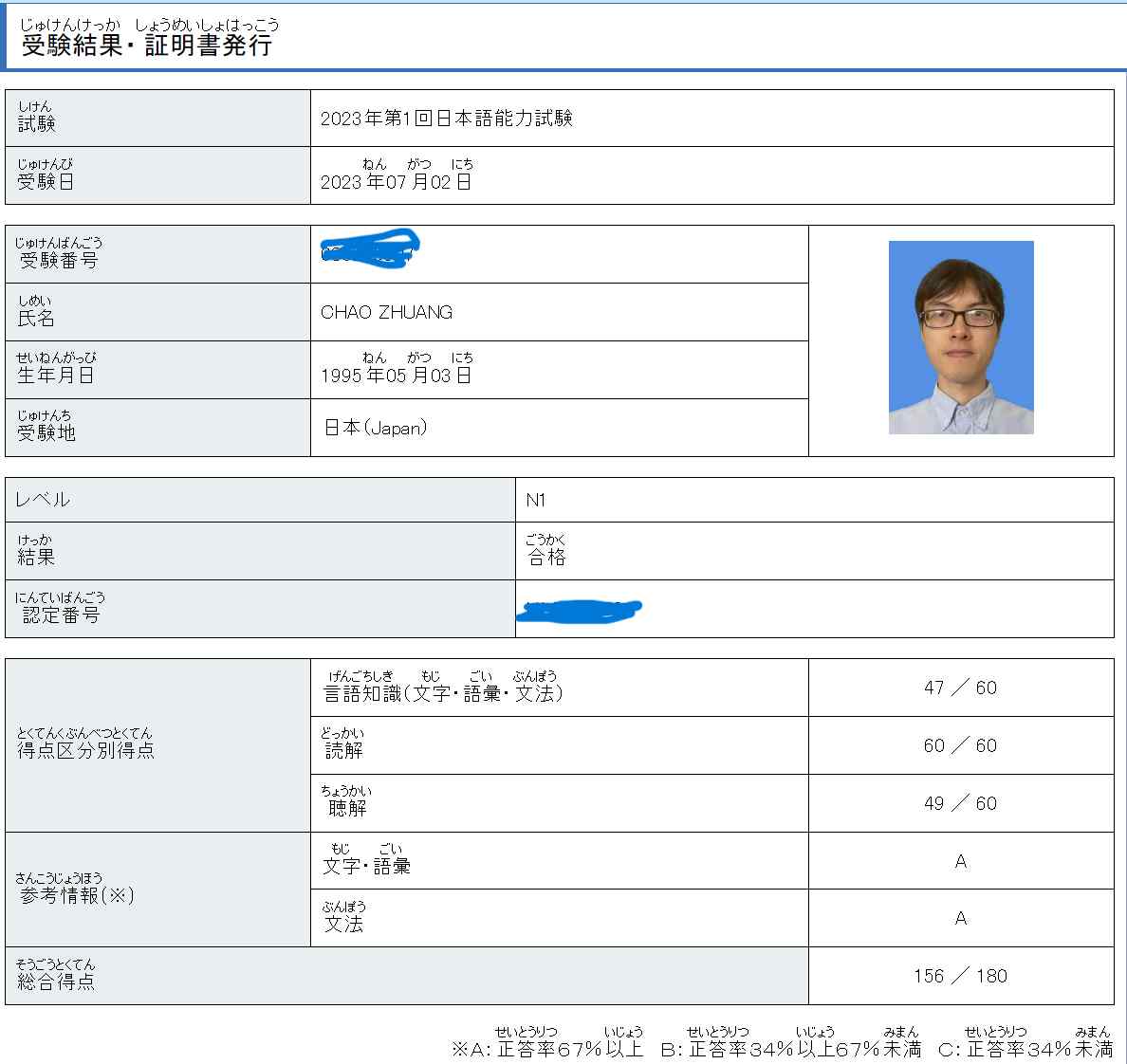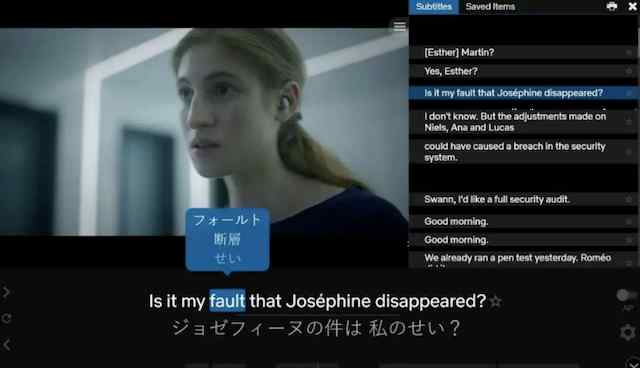From Zero to Fluent: My 1300-Hour Japanese Learning
Why Am I Writing This?
Recently I passed the N1 test after learning Japanese for four years on and off. Since I am leaving for somewhere else soon, I figure now will be a good time to reflect on my journey, and hopefully, it will be helpful for some of you out there.
The number one thing that I learned from this journey is that language learning is a long-term project. To ensure continuous improvement and achieve fluency, the key is to find and iterate a minimal repeating practice that has the least resistance, in which one can find joy and therefore be able to keep on doing for a long time.
The second thing is that there is no one-size-fits-all method for language learning. For example, Duolingo is great for beginners to accumulate the initial vocabulary required for reading text, but the way it works is just not suitable for slightly more advanced learners who need a large amount of immersion to build that automatic pathway of fluency.
In this article, I will review my Japanese learning starting from Duolingo, my transition to more effective methods that enable high-volume immersion, and the method of All Japanese All the Time that constitutes my daily routine.

Beginner
I started to learn Japanese in 2019 when I decided to come to Japan. The way I started is quite typical: memorizing hiragana and their pronunciations, and then going through basic grammar and vocabulary using Duolingo. At the time, Duolingo did not have so many ads and I could work through the whole thing without being stopped frequently. But as I was approaching the end game, Duolingo became quite tedious and the gain was diminishing, so I just stopped using it.
At the same time, I was also watching anime and Japanese videos on YouTube to get more exposure to the language. However, these videos were often too difficult to understand, so I had to watch them with help from Japanese subtitles as I speak Chinese and have a basic vocabulary for Kanji.
Intermediate
With about 300 hours of Japanese experience, I confidently arrived in Japan at the end of 2020. I had simulated in my head that I would have perfect conversations with Japanese people, but it turned out the opposite, and in fact, it was not even close.
Although I could understand when they spoke in short sentences, I would soon lose track when the sentence got long. The other difficulty was that I could not construct a complete sentence outside of the textbook and Duolingo context.
The experience has been unsuccessful and frustrating, but for the whole year of 2021, I have been ignoring the issue because my work does not require me to speak Japanese. From time to time I experimented with my Japanese colleagues, but unfortunately, my language ability did not automatically get better simply because I am in Japan.
After one after another failures in trying to initiate conversations with my colleagues who cannot speak English, I decided to take it seriously. Since I had a successful experience in learning English by watching a whole bunch of movies, the same logic should apply to learning Japanese as well. The resolution soon turned into action, and to be exact, a Netflix subscription.
Advancing
After finishing several dramas on Netflix, I realized that there should exist tools that allow one to take notes from subtitles, and there are. So I found this extension called “Language Reactor”, which can automatically make Anki cards using unknown words from subtitles.

The method was great, but the problem was the bad robot audio quality. As I gained more familiarity with this export routine, I began to look for alternatives, and that was when I learned about the idea of sentence mining and the whole methodology of All Japanese All the Time. The idea is simple: immerse yourself in Japanese whenever possible. The routine is divided into two parts: active immersion and passive immersion.
Active Immersion
Active immersion refers to the active learning state where one concentrates on the subtitles of a video, marks down unknown words, and turns them into Anki cards. Setting up the workflow was a pain but when I got it going, it worked magic on my speaking and listening skills.
The most essential part of this learning routine was the positive feedback loop that kept me doing it every day. Aside from beautiful words echoing in my head, rewards also came from the Anki statistics that record my everyday progress. Over around 250 days of continuous practice, with 30 new cards (new words or new expressions) per day, I accumulated over 7500 cards that basically covered all the vocabulary, idioms, and grammar required for daily conversation. During this process, Japanese begins to make sense, I can tell whether a sentence is weird or not, and the memorized sentence can just slide through my tongue without having to think about the grammatical rules.


For active immersion materials, I would recommend Terrace House the most as it is all about daily conversation that one will use when encountering new people. The expressions I learned there were really handy when I was traveling around Japan and talking to new people.

Setting it up
I used Windows for the setup, briefly, the basic routine is to first install a video player called mpv. By introducing a script called mpvacious, the player will automatically copy every subtitle sentence in your local videos in real-time. The copied sentence will then be detected by a browser extension called Yomichan, which will provide the explanation for selected words in the sentence and offer the option of Anki exportation through an addon in Anki called AnkiConnect.
All the details can be found in the most popular tutorial on setting up the routine. I heard that setting up on Mac is quite difficult as it requires one to install multiple dependencies, but it can be done. An alternative is to use a paid service called Migaku, which integrates everything I had mentioned above in one browser extension. But it is still in its beta, so it may not work as well compared to the tested systems of mpvacious.
Passive Immersion
Another complementing part of this routine is passive immersion. In contrast to active immersion where I actively made cards from videos, passive immersion involves listening to familiar audio during idle time such as commuting and chores. For example, I used to watch Manzai and short comedies (コント) on YouTube. Since they usually do not come with subtitles, they can only be used for passive immersion as they are incompatible with the active routine. When I found a fun one with high audio quality, I would add it to my playlist and it would be automatically downloaded to my phone (YouTube Premium, best buy of the year except for the Anki app) so that I could hear it whenever I liked. The choice of comedy is important because the audio has to be enjoyable so that I can listen to it over and over again.
Passive immersion time can be flexible, and on average, it is around 3.5 hours per day. Together with the active immersion, I had spent 1300+ hours on this entire routine and 5.5 hours per day on average. As a benchmark example, I became fluent in Terrace house-level daily conversation at about 700 hours into the routine.

Immersion Materials
For passive immersion materials, I will recommend Tokyo03, インパルス, and チョコレートプラネット as starters because their comedies are full of action, easy to understand, and it is how I started.
For those with more experience, I will recommend 中川家, かまいたち, チュートリアル, and サンドウィッチマン. The conversation is more involved, but they are of high quality and equally rewarding to listen to. Many of them have official accounts on YouTube, and their daily uploads are also a valid source of listening materials. See my curated playlist for more examples.
N1
Returning to how I started the topic. When I signed up for the N1 test, I had about 1200+ hours of immersion and was already quite confident about my language ability, so I just skipped the N2. The thing with N1 is that it is an exam, which means it will test many edge cases in the language that will rarely be used in daily conversation or video input.
Although the language instinct one develops from immersion will help, it is not enough for the exam if one aims for a high score. The same goes for the Kanji test. Therefore, N1 has to be done with specialized Anki decks for grammar and vocabulary. The reading is the easiest part because active immersion has been all about reading subtitles from videos.
In the End
For me, language learning was all about finding that rewarding feedback loop that energizes me to keep doing it every day, and the All Japanese All the Time method is the best method that I will recommend to everyone who wants to quickly learn a new language.
With this method, you don’t need to be in Japan to learn Japanese as it requires online resources only. However, being actually in Japan can give you a lot of real-time feedback and encouragement from Japanese people, and most important of all, the real immersion in Japanese culture. Being able to laugh and get excited with other Japanese, for example, in a comedy club or celebrity live events, I believe, is the pure golden experience where you can feel the full-blown richness of Japanese culture, and that is something you can never have without knowing the language.
That is all I have to say and thank you for reading. Please look forward to my next post on language learning probably a year later as I am doing the whole thing all over again on the next language right now. Have fun learning!



